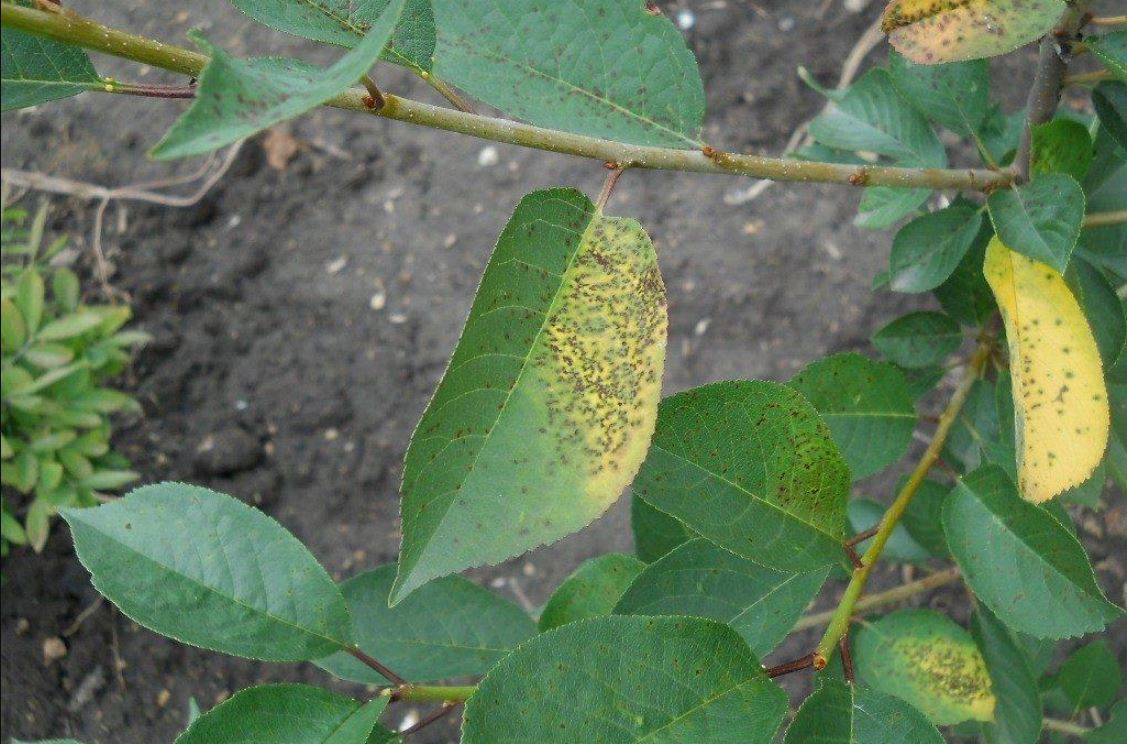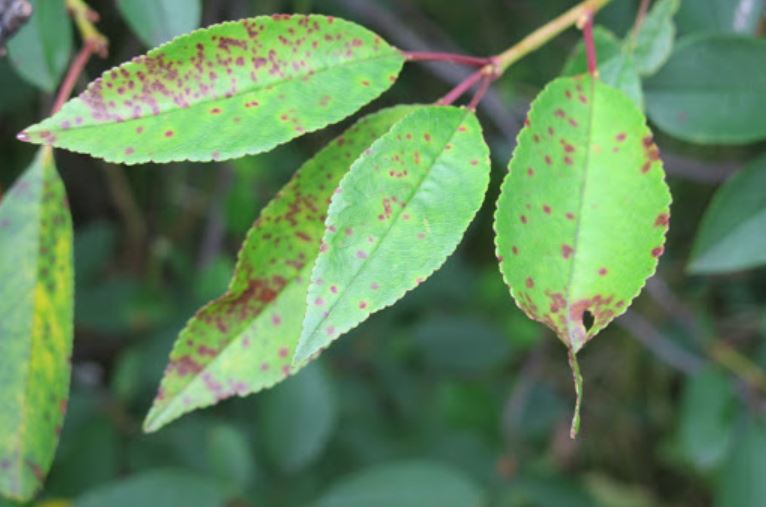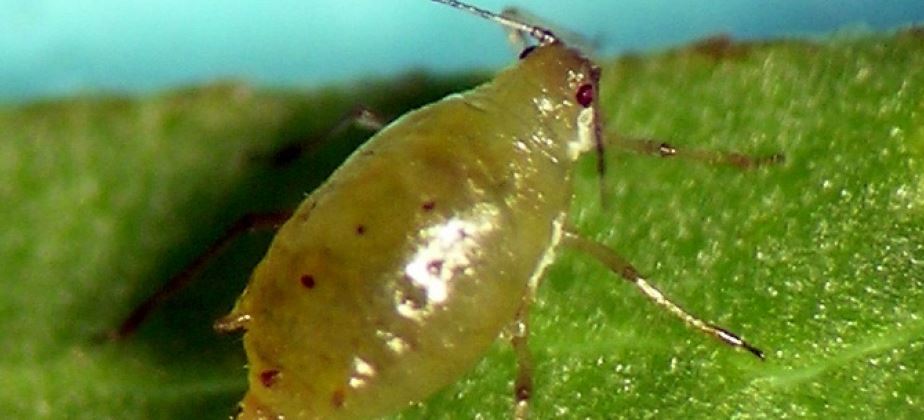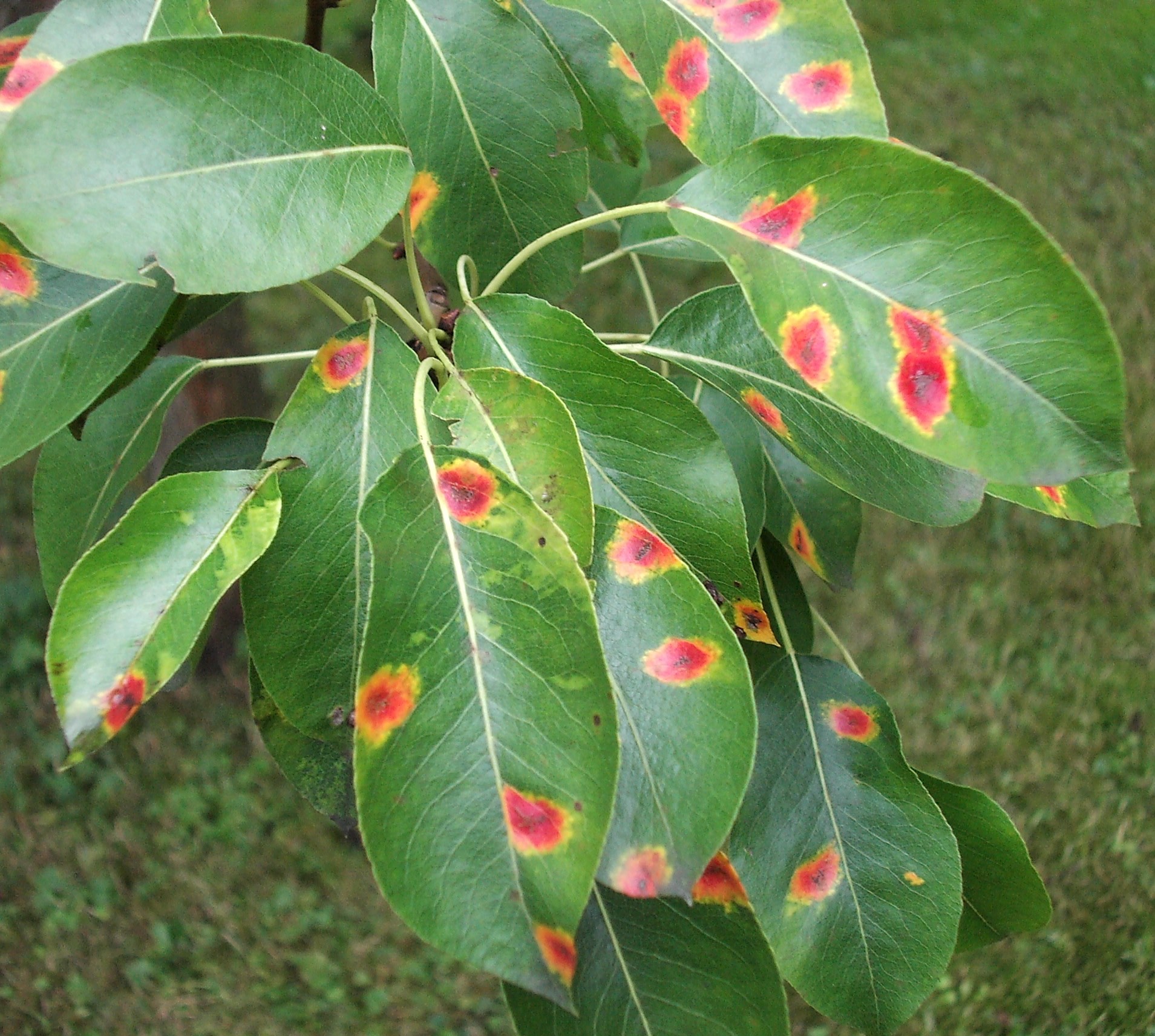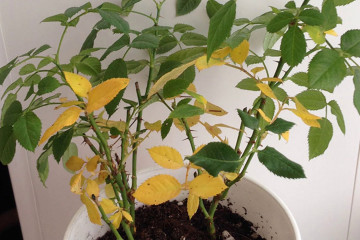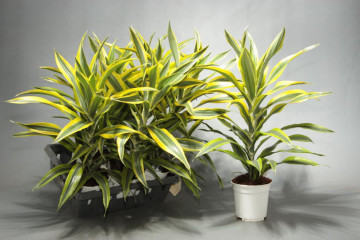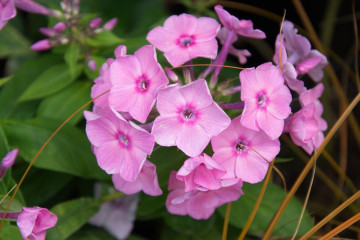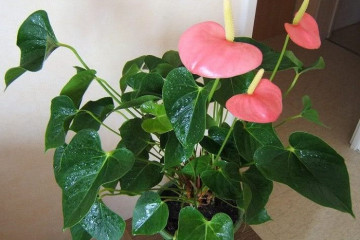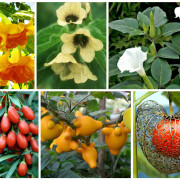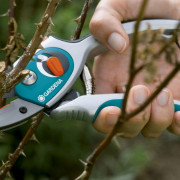Why plum leaves turn yellow in June and what to do
Content:
Plum is an unpretentious and fairly hardy tree that rarely gets sick. However, despite this, some gardeners are faced with the fact that the foliage turns yellow. Most often this happens in the second half of spring or early summer. People who decide to start growing plum trees need to understand the causes of yellowness and how to deal with it.
Why leaves can turn yellow
There are several cases where the leaves can turn yellow.
Root system problems
Sometimes foliage problems appear due to the root system of trees.
The fact is that plums do not cope well with sudden changes in temperature. Therefore, in early spring, when the snow has melted, the roots begin to freeze and, because of this, absorb nutrients from the soil worse. If the plum tree is not insulated in time, the foliage will begin to turn yellow and wither.
Freezing branches
Frosts can harm not only the root system of plants, but also their branches. Sudden spring drops in temperature, from which trees most often suffer, are considered especially dangerous.
If the branches have suffered from a sharp temperature drop, the foliage on them will gradually turn yellow and fall off. In this case, nothing can be done. It remains only to get rid of the frozen branches.
Inappropriate landing site
Some people choose inappropriate areas for growing plum trees, which leads to problems. If the tree begins to gradually shed yellowed leaves from the tops, then the area has a high level of groundwater. In the process of growth, the root system grows in depth. As a result, due to waterlogging, the tree can shed yellow foliage.
Similar symptoms appear due to the huge amount of rainfall and flooding of the garden area. In such cases, in order to save the plum and get rid of yellowing, you will have to transplant the tree to another area.
Unsuccessful vaccination
Picture 2 Unsuccessful vaccination is one of the reasons for the yellowing of leaves
Some gardeners are engaged in plant grafting. At the same time, not everyone succeeds in doing it correctly. Due to unsuccessful vaccination, the following problems may appear:
- the appearance on the shoots of large breaks and cracking;
- deterioration in the supply of nutrients to the leaves;
- yellowing and shedding of old and young foliage;
- rejection and wilting of the grafted part of the plant.
Soil acidity
Picture 3 Dolomite flour treatment - helps to reduce soil acidity
There are times when people grow plums in areas with high acidity levels. In too acidic soil, the plant's absorption of some nutrients deteriorates. This causes the foliage to turn yellow in summer.
So that the plum leaves do not turn yellow in June due to high acidity, it is necessary to start liming the soil.For this, the site is treated with dolomite flour, which contains magnesium and calcium. It is not worth using such a mixture in large quantities, as it can provoke the appearance of chlorosis.
Fungal infections
The leaves can turn yellow and crumble due to the appearance and development of fungal infections. Most often, the initial stage of such diseases proceeds secretly and imperceptibly. However, over time, as the infection begins to develop, the first symptoms appear.
To protect plum trees from fungal infections, you need to take care of the garden area. It is necessary to timely get rid of weeds and fallen leaves, which are often the main source of mushroom growth.
Shaded area
If a young plum is growing in the shade, certain problems may arise during the growing process. Quite often, in plants in shaded areas, yellowness appears on the leaves.
In this case, yellowing can only be eliminated by transplanting. At the same time, it is not worth delaying with a transplant, since adult trees take root worse in a new place.
Coccomycosis
This is a serious fungal disease that often affects young plums. At first, coccomycosis does not appear in any way. However, over time, yellowish specks can be seen on the foliage. They gradually increase in size until they completely occupy the entire area of the leaf plate. If the disease is not cured in time, the leaves will begin to dry out and crumble.
Aphid
Aphids are a dangerous pest that attacks not only plums, but also other fruit trees. Among the characteristic features of the insect, its rapid reproduction can be distinguished. It feeds on aphids on tree sap.
Determining that aphids attacked the plum is quite simple. To do this, you must carefully examine the foliage. Particular attention should be paid to the reverse side of the leaf plate, since this is where the insect most often lives. To get rid of pests, you need to treat the trees with insecticides.
Non-infectious chlorosis
The foliage on plum trees can turn yellow every year due to the onset and development of chlorosis. There are several reasons for the appearance of this disease:
- lack of moisture;
- insufficient amount of mineral components in the soil;
- freezing of branches;
- damage to the root system.
It is possible to cure a plant from chlorosis only at the initial stage of the disease. For this, the trees must be treated with Antichlorosin and other fungicidal agents.
Moniliosis
This is a fungal disease that plums can get sick from May to July. Most often, moniliosis appears due to the fact that too cold liquid is used during watering.
First, the root system is affected, after which the disease gradually affects the entire plant. The fight against moniliosis is carried out with the help of fungicidal preparations.
Improper care
There are several reasons for yellowing foliage, which are associated with improper care of the plum tree:
- Lack of moisture. Sometimes the yellowness of the leaves indicates that the plant is being watered incorrectly. In spring trees are watered infrequently, 3-4 times a month. From the middle of summer, you need to moisten the soil twice as often, as it dries out faster. Each tree consumes 5-6 buckets of water.
- Micronutrient deficiencies. The appearance of foliage may change due to a lack of feeding. The leaves may turn yellow or simply become paler. To remedy the situation, it is necessary to more often feed the plums with organic and mineral fertilizers.
Diseases and pests
There are several common diseases that can cause leaves to turn yellow:
- Verticillosis. Disease spores penetrate through damage to the root system. Gradually, due to the disease, the circulation of sap in the tree deteriorates, which leads to yellowing of the leaves.
- Rust. When this ailment appears on the surface of the foliage, you can notice round yellowish spots, which gradually increase in size. Rust should be treated immediately after the first symptoms appear, before the tree weakens.
- Milky shine. This disease appears due to sudden changes in temperature or severe drought. It is not necessary to treat the milky shine, as the tree can recover on its own.
Among the pests that often attack plum trees are:
- aphids;
- ticks;
- leaf rollers;
- weevils.
What to do if the leaves turn yellow
To eliminate yellowness, you need to do the following:
- increase the amount of watering in hot weather;
- fertilize trees with organic fertilizing more often;
- check the stem and roots for damage;
- treat plums with insecticides when pests appear.
Prophylaxis
To prevent the plum foliage from turning yellow, it is necessary to grow such trees in suitable areas. Also, they need to be properly looked after so that they always have enough moisture and nutrients. To prevent diseases and repel pests, trees should be periodically sprayed with insecticides and fungicides.
Many gardeners are engaged in the cultivation of plums. During the cultivation of such fruit trees, problems sometimes appear in the form of yellowing of the foliage. To avoid this, you need to figure out why the leaves of the plum turn yellow and what to do about it.
